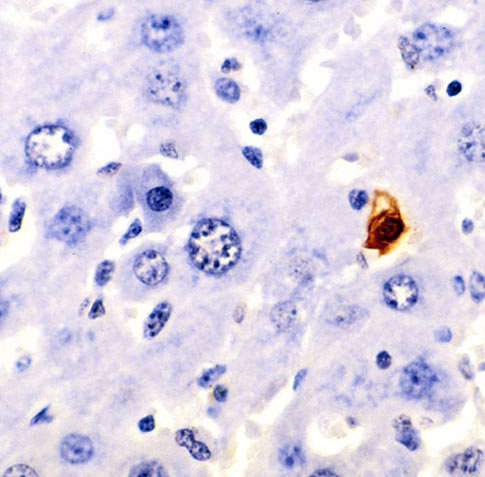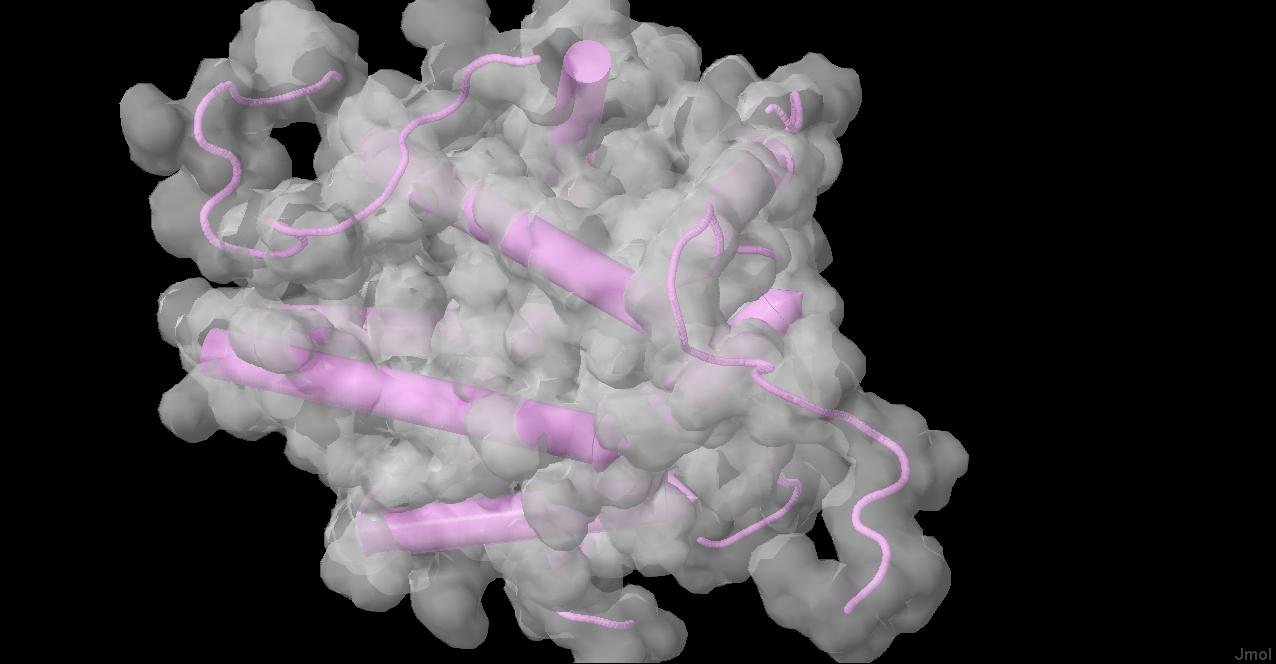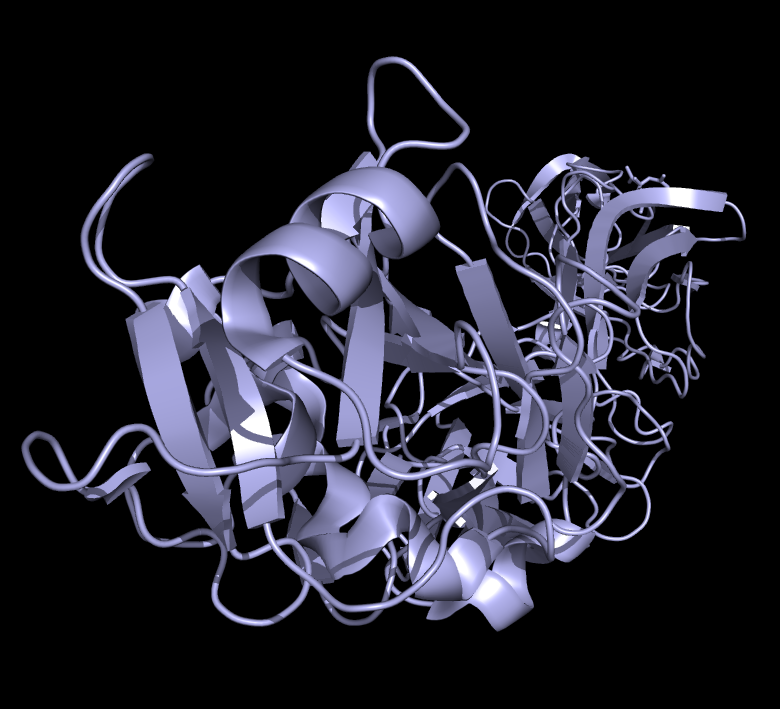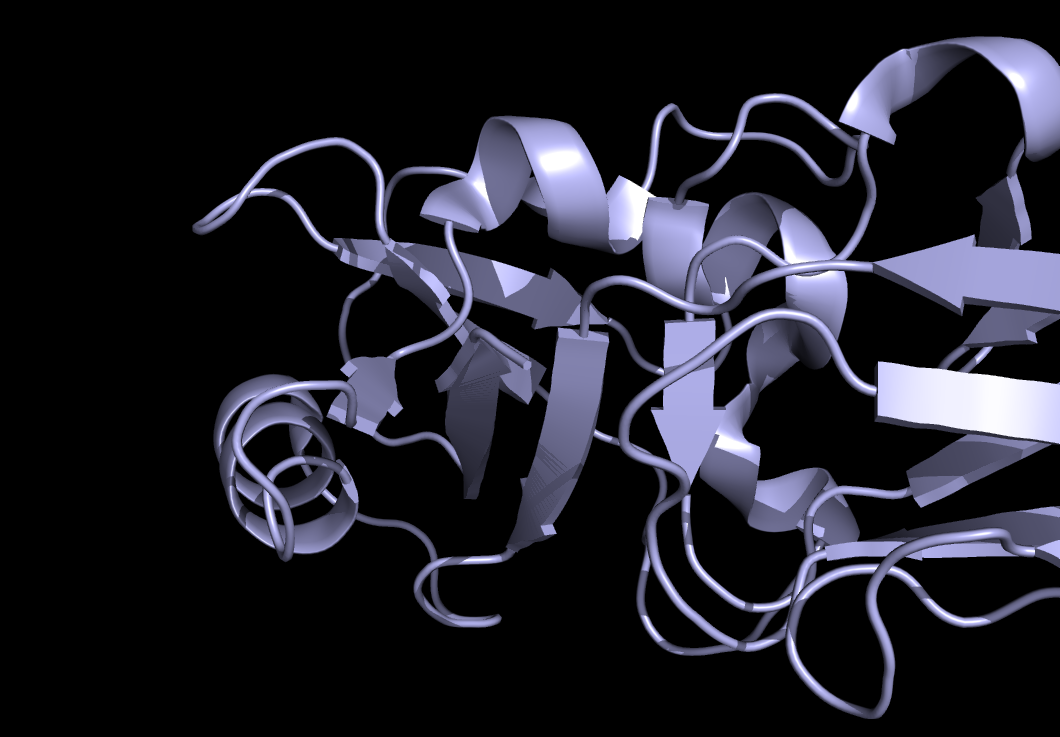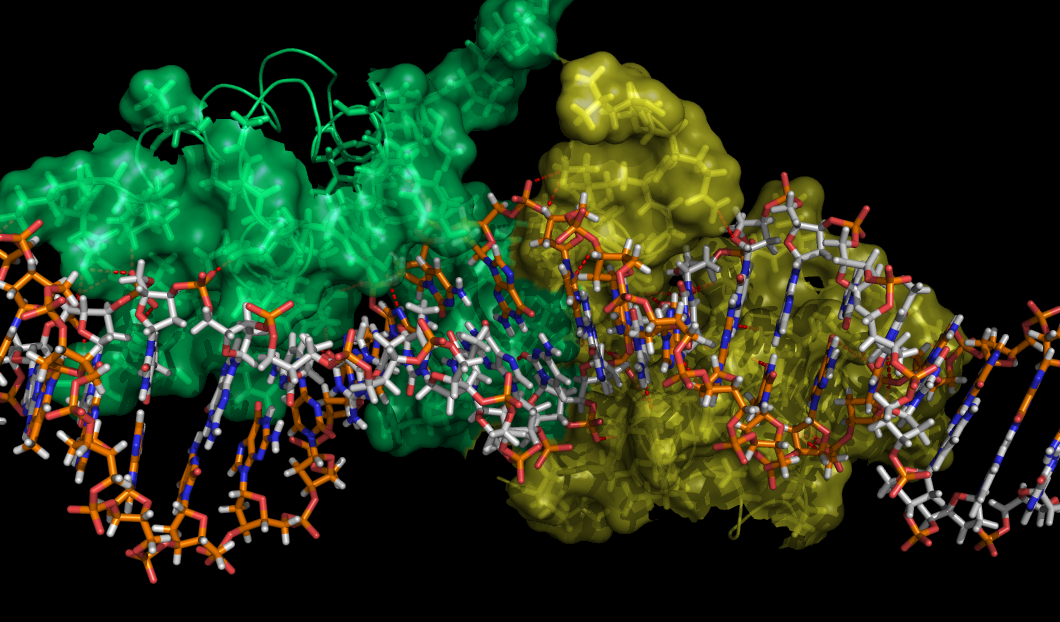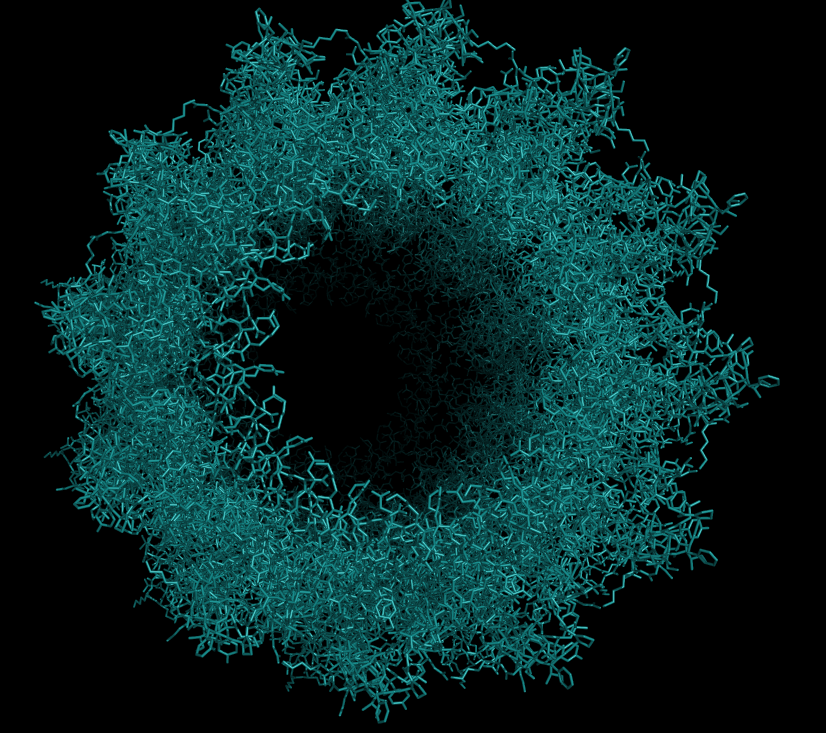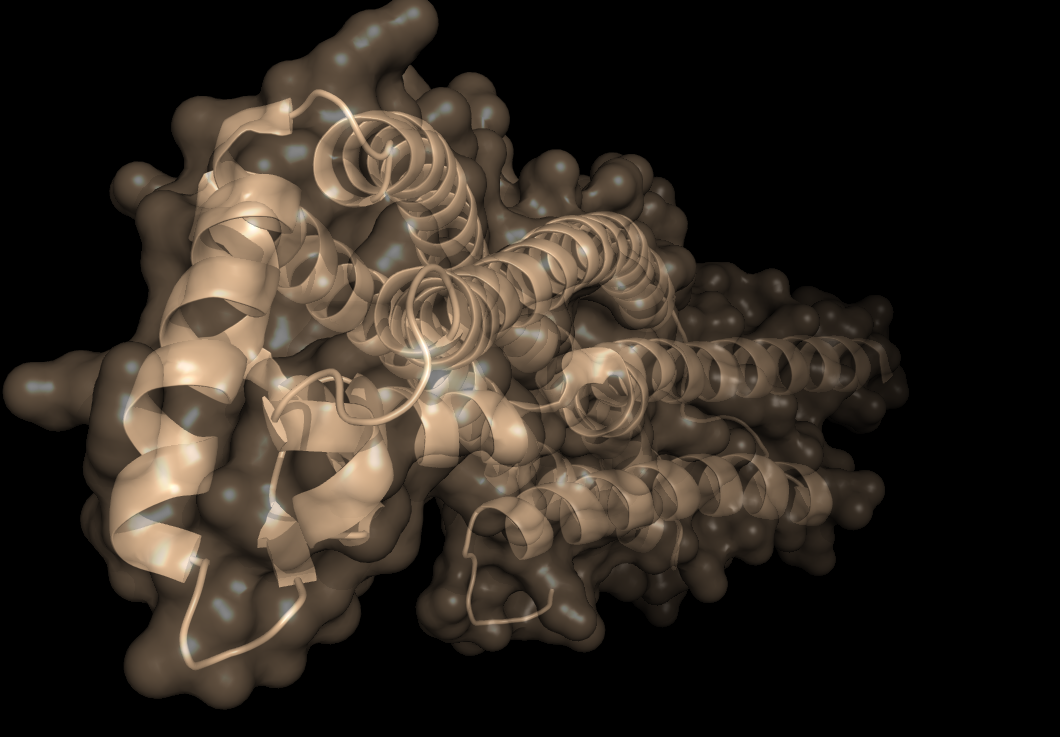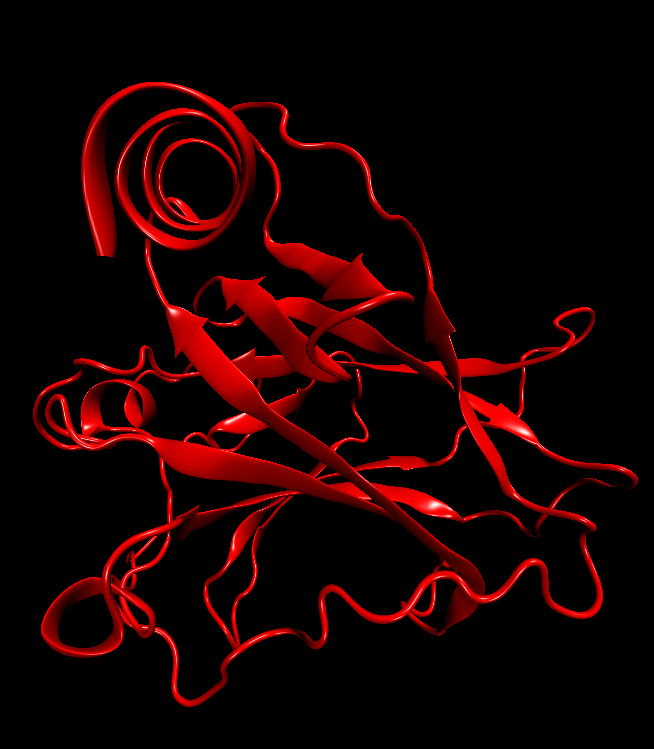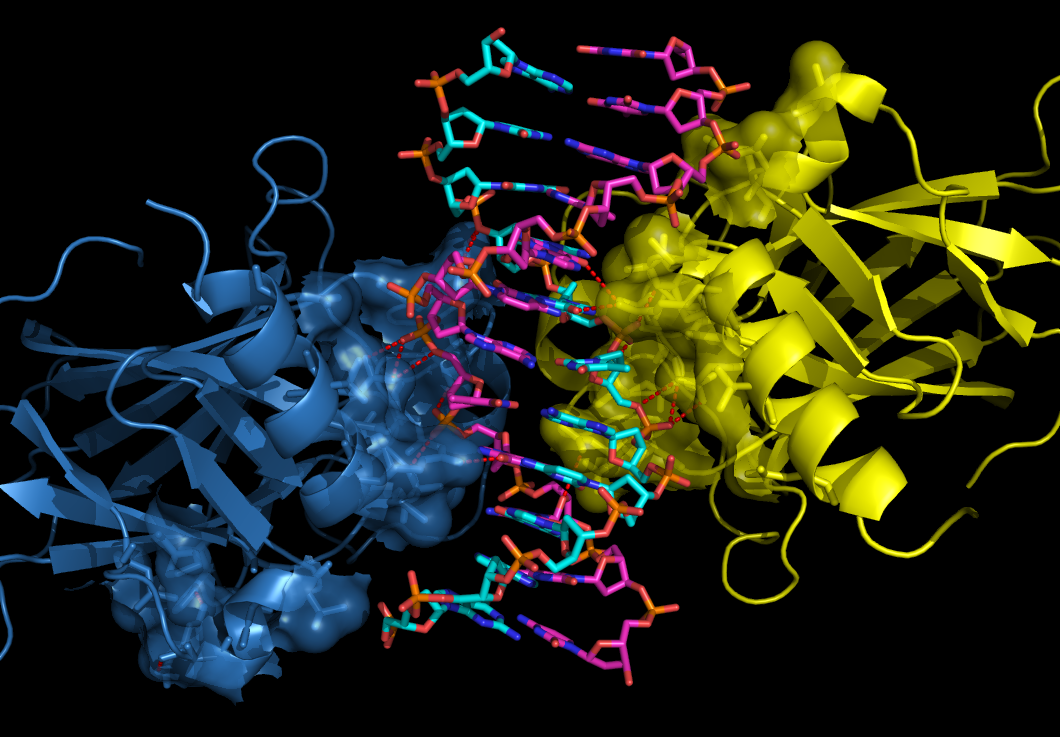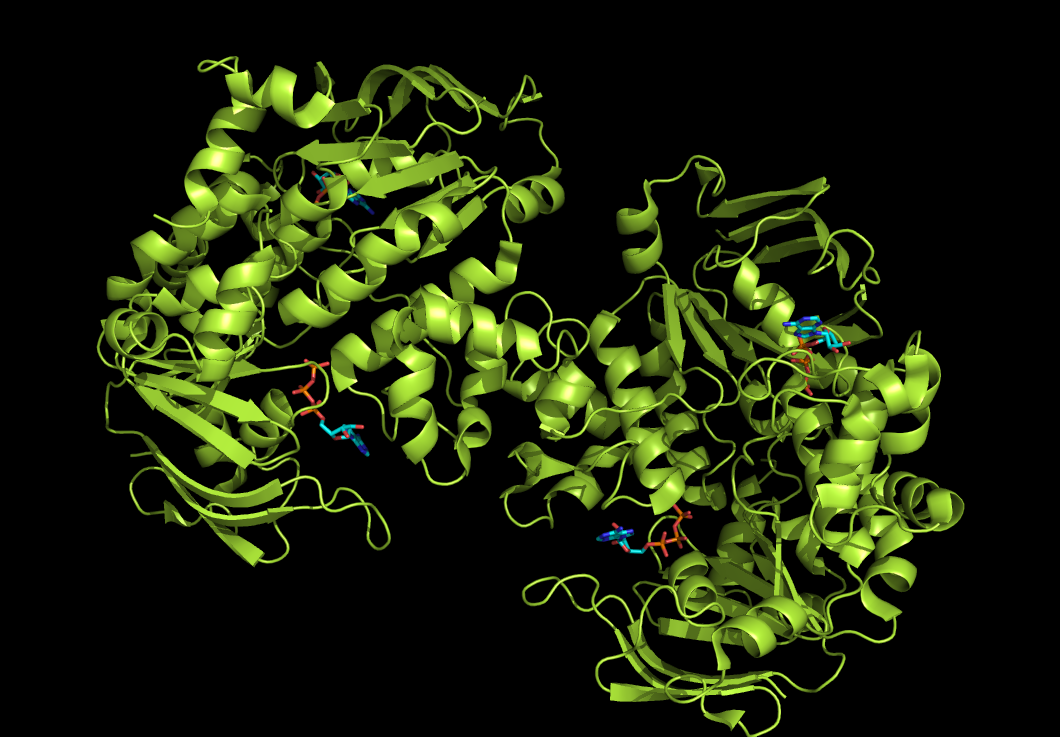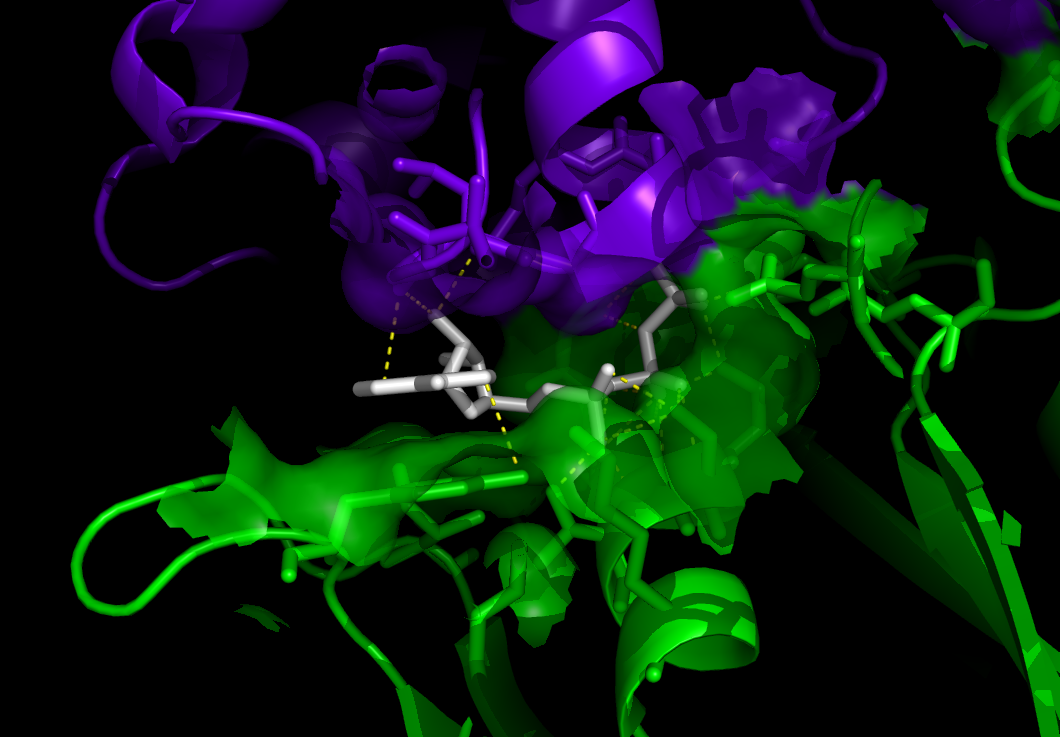Team:Warsaw/Glossary
From 2009.igem.org
(Difference between revisions)
| Line 7: | Line 7: | ||
<div class="glossary_text">Apoptosis is a natural process of programmed cell death. Apoptosis can be induced by many factors and its function is to remove damaged and unnecessary cells from the organism. In our project we want to induce apoptosis of tumor cells, using [https://2009.igem.org/Team:Warsaw/Glossary#p53 p53] or [https://2009.igem.org/Team:Warsaw/Glossary#bax bax] proteins, both involved in control of this process<div> | <div class="glossary_text">Apoptosis is a natural process of programmed cell death. Apoptosis can be induced by many factors and its function is to remove damaged and unnecessary cells from the organism. In our project we want to induce apoptosis of tumor cells, using [https://2009.igem.org/Team:Warsaw/Glossary#p53 p53] or [https://2009.igem.org/Team:Warsaw/Glossary#bax bax] proteins, both involved in control of this process<div> | ||
| - | [[image:Signal transduction pathways.png|thumb|left|390px|Overview of basic signal transduction pathways.]][[Image:Apoptosis stained.jpg|thumb| | + | [[image:Signal transduction pathways.png|thumb|left|390px|Overview of basic signal transduction pathways.]][[Image:Apoptosis stained.jpg|thumb|right|290px|A section of mouse liver stained to show cells undergoing apoptosis (orange)]] |
====bax==== | ====bax==== | ||
| + | [[Image:Bax Soluble Jmol.jpg|thumb|rigth|375px|Soluble form of bax protein]] | ||
<div class="glossary_text">Bcl-2–associated X protein (bax) is a pro-apoptotic protein. Although it's found mainly in the cytosol, upon initiation of [https://2009.igem.org/Team:Warsaw/Glossary#apoptosis apoptosis] it's shifted to organellar membranes. It's believed that bax is responsible for opening special channels in the mitochondrial outer membrane, causing release of pro-apoptotic factors like cytochrome c.</div> | <div class="glossary_text">Bcl-2–associated X protein (bax) is a pro-apoptotic protein. Although it's found mainly in the cytosol, upon initiation of [https://2009.igem.org/Team:Warsaw/Glossary#apoptosis apoptosis] it's shifted to organellar membranes. It's believed that bax is responsible for opening special channels in the mitochondrial outer membrane, causing release of pro-apoptotic factors like cytochrome c.</div> | ||
| + | |||
| + | |||
| + | |||
| + | |||
| + | |||
====cro==== | ====cro==== | ||
| Line 19: | Line 25: | ||
====endosome==== | ====endosome==== | ||
| + | [[Image:Rab9 endosome.jpg|thumb|right|150px|Endosomes in mammalian cell]] | ||
<div class="glossary text">endosome is a membrane-bound compartment inside cells which is responsible for the sorting of ematerial previously endocytosed by the cell, before transport to lysosomes. This allows some material to be returned to the plasma membrane.</div> | <div class="glossary text">endosome is a membrane-bound compartment inside cells which is responsible for the sorting of ematerial previously endocytosed by the cell, before transport to lysosomes. This allows some material to be returned to the plasma membrane.</div> | ||
| + | |||
| + | |||
| + | |||
| + | |||
| + | |||
====invasin==== | ====invasin==== | ||
| - | <div class="glossary_text">Invasin is one of proteins crucial for pathogenic features of enteropathogenic bacteria like ''Yersinia'' sp. or ''Salmonella'' sp. Invasin interacts with integrins, receptors occuring on the surface of eukariotic cell membrane, what triggers signalling cascade leading to endocytosis of whole pathogenic bacteria. | + | <div class="glossary_text">[[Image:Invasin 5.png|thumb|left|340px|Structure of invasin from ''Yersinia pseudotuberculosis'']]Invasin is one of proteins crucial for pathogenic features of enteropathogenic bacteria like ''Yersinia'' sp. or ''Salmonella'' sp. Invasin interacts with integrins, receptors occuring on the surface of eukariotic cell membrane, what triggers signalling cascade leading to endocytosis of whole pathogenic bacteria. |
| - | < | + | [[Image:Invasin head domain.png|thumb||right|330px|"Head domain" responsible for interaction with integrins]]<div> |
| + | |||
| + | |||
| + | |||
====lacI==== | ====lacI==== | ||
| - | <div class="glossary text">The lac repressor is a bacterial DNA-binding protein which inhibits the expression of genes which encode proteins involved in the metabolism of lactose. It is active in the absence of lactose, ensuring that the bacterium only invests its resources for the synthesis of proteins required for the uptake and metabolism of lactose when this saccharide is found in the environment. When lactose becomes available, it is converted into allolactose, which inhibits the lac repressor's DNA binding ability.</div> | + | |
| + | <div class="glossary text">[[Image:LacI o3 4.png|thumb|350px|LacI protein bound to DNA]]The lac repressor is a bacterial DNA-binding protein which inhibits the expression of genes which encode proteins involved in the metabolism of lactose. It is active in the absence of lactose, ensuring that the bacterium only invests its resources for the synthesis of proteins required for the uptake and metabolism of lactose when this saccharide is found in the environment. When lactose becomes available, it is converted into allolactose, which inhibits the lac repressor's DNA binding ability.</div> | ||
| + | |||
| + | |||
| + | |||
| + | |||
====listeriolysin==== | ====listeriolysin==== | ||
| - | <div class="glossary text">Listeriolysin O (LLO) is a pore-forming protein from ''Listeria monocytogenes''.The protein is selectively activated within the acidic phagosomes (average pH ~ 5.9) of cells that have phagocytosed ''L. monocytogenes''.After LLO lyses the phagosome, the bacterium escapes into the cytosol, where it can grow intracellularly. Upon release from the phagosome, the toxin has reduced activity in the more basic cytosol.</div> | + | <div class="glossary text">[[Image:Pore 2.png|thumb|left|400px|Pore formed by 12 molecules of hemolysin]][[Image:Hemolysin 2.png|thumb|right|230px|Structure of hemolysin which is close related to listeriolysin]]Listeriolysin O (LLO) is a pore-forming protein from ''Listeria monocytogenes'' which belong to hemolysin family.The protein is selectively activated within the acidic phagosomes (average pH ~ 5.9) of cells that have phagocytosed ''L. monocytogenes''.After LLO lyses the phagosome, the bacterium escapes into the cytosol, where it can grow intracellularly. Upon release from the phagosome, the toxin has reduced activity in the more basic cytosol.</div> |
====mgtc gene promoter==== | ====mgtc gene promoter==== | ||
| - | <div class="glossary_text">This is one of the ''Salmonella typhimurium'' PhoP-dependent promoters. MgtC gene is a virulence factor in ''Salmonella typhimurium'' that is required for growth at low-Mg2+ concentrations and intramacrophage survival | + | <div class="glossary_text">This is one of the ''Salmonella typhimurium'' PhoP-dependent promoters. MgtC gene is a virulence factor in ''Salmonella typhimurium'' that is required for growth at low-Mg2+ concentrations and intramacrophage survival</div> |
| - | </div> | + | |
====p53==== | ====p53==== | ||
| - | <div class="glossary_text">p53 is a protein well-known for people interested in cancer. p53 is a tumor suppressor and main factor involved in control of cell-cycle, mutated in more than half of tumors. Some data shows that presence of p53 in mitochondria is able to induce [https://2009.igem.org/Team:Warsaw/Glossary#apoptosis apoptosis]. | + | <div class="glossary_text">[[Image:P53 2vmd.png|thumb|right|200px|structure of monomeric p53 protein]][[Image:P53 with DNA.png|thumb|left|300px|Dimeric form of p53 interacting with DNA]]p53 is a protein well-known for people interested in cancer. p53 is a tumor suppressor and main factor involved in control of cell-cycle, mutated in more than half of tumors. Some data shows that presence of p53 in mitochondria is able to induce [https://2009.igem.org/Team:Warsaw/Glossary#apoptosis apoptosis]. |
</div> | </div> | ||
| + | |||
| + | |||
| + | |||
| + | |||
| + | |||
====phoP/PhoQ==== | ====phoP/PhoQ==== | ||
| - | <div class="glossary_text">PhoP/PhoQ is a two-component regulatory system which controls the virulence of ''Salmonella typhimurium''. Under conditions of low pH and/or low metal ions concentration PhoP activates promoters responsible for virulence and | + | <div class="glossary_text">PhoP/PhoQ is a two-component regulatory system which controls the virulence of ''Salmonella typhimurium''. Under conditions of low pH and/or low metal ions concentration PhoP activates promoters responsible for virulence and survival of Salmonella within macrophages, like the [https://2009.igem.org/Team:Warsaw/Glossary#mgtc_gene_promoter promoter of mgtc gene]. Whole system will be used to control bacteria escape from [https://2009.igem.org/Team:Warsaw/Glossary#endosome endosome] |
</div> | </div> | ||
| Line 52: | Line 76: | ||
<div class="glossary text"> Type I secretion system (TOSS) is a simple system, which consists of only three protein subunits: the ABC protein, membrane fusion protein (MFP), and outer membrane protein (OMP). Type I secretion system transports molecules of various size, from ions, drugs to even large proteins. The best characterized proteins secret via TOSS are the RTX toxins and the lipases. Type I secretion is also involved in export of non-proteinaceous substrates like cyclic β-glucans and polysaccharides. Many secreted proteins are particularly important in bacterial pathogenesis.</div> | <div class="glossary text"> Type I secretion system (TOSS) is a simple system, which consists of only three protein subunits: the ABC protein, membrane fusion protein (MFP), and outer membrane protein (OMP). Type I secretion system transports molecules of various size, from ions, drugs to even large proteins. The best characterized proteins secret via TOSS are the RTX toxins and the lipases. Type I secretion is also involved in export of non-proteinaceous substrates like cyclic β-glucans and polysaccharides. Many secreted proteins are particularly important in bacterial pathogenesis.</div> | ||
| + | [[Image:Transport 1.png|thumb|left|340px|Tetrameric ABC protein]][[Image:Transport ligand.png|thumb|340px|right|ABC protein binding site and ATP molecule (white)]] | ||
====TetR==== | ====TetR==== | ||
Revision as of 20:02, 6 September 2009
Glossary
apoptosis
Apoptosis is a natural process of programmed cell death. Apoptosis can be induced by many factors and its function is to remove damaged and unnecessary cells from the organism. In our project we want to induce apoptosis of tumor cells, using p53 or bax proteins, both involved in control of this process
bax
Bcl-2–associated X protein (bax) is a pro-apoptotic protein. Although it's found mainly in the cytosol, upon initiation of apoptosis it's shifted to organellar membranes. It's believed that bax is responsible for opening special channels in the mitochondrial outer membrane, causing release of pro-apoptotic factors like cytochrome c.
cro
cro-box
endosome
endosome is a membrane-bound compartment inside cells which is responsible for the sorting of ematerial previously endocytosed by the cell, before transport to lysosomes. This allows some material to be returned to the plasma membrane.
invasin
Invasin is one of proteins crucial for pathogenic features of enteropathogenic bacteria like Yersinia sp. or Salmonella sp. Invasin interacts with integrins, receptors occuring on the surface of eukariotic cell membrane, what triggers signalling cascade leading to endocytosis of whole pathogenic bacteria.
lacI
The lac repressor is a bacterial DNA-binding protein which inhibits the expression of genes which encode proteins involved in the metabolism of lactose. It is active in the absence of lactose, ensuring that the bacterium only invests its resources for the synthesis of proteins required for the uptake and metabolism of lactose when this saccharide is found in the environment. When lactose becomes available, it is converted into allolactose, which inhibits the lac repressor's DNA binding ability.
listeriolysin
Listeriolysin O (LLO) is a pore-forming protein from Listeria monocytogenes which belong to hemolysin family.The protein is selectively activated within the acidic phagosomes (average pH ~ 5.9) of cells that have phagocytosed L. monocytogenes.After LLO lyses the phagosome, the bacterium escapes into the cytosol, where it can grow intracellularly. Upon release from the phagosome, the toxin has reduced activity in the more basic cytosol.
mgtc gene promoter
This is one of the Salmonella typhimurium PhoP-dependent promoters. MgtC gene is a virulence factor in Salmonella typhimurium that is required for growth at low-Mg2+ concentrations and intramacrophage survival
p53
p53 is a protein well-known for people interested in cancer. p53 is a tumor suppressor and main factor involved in control of cell-cycle, mutated in more than half of tumors. Some data shows that presence of p53 in mitochondria is able to induce apoptosis.
phoP/PhoQ
PhoP/PhoQ is a two-component regulatory system which controls the virulence of Salmonella typhimurium. Under conditions of low pH and/or low metal ions concentration PhoP activates promoters responsible for virulence and survival of Salmonella within macrophages, like the promoter of mgtc gene. Whole system will be used to control bacteria escape from endosome
Type I secretion system
Type I secretion system (TOSS) is a simple system, which consists of only three protein subunits: the ABC protein, membrane fusion protein (MFP), and outer membrane protein (OMP). Type I secretion system transports molecules of various size, from ions, drugs to even large proteins. The best characterized proteins secret via TOSS are the RTX toxins and the lipases. Type I secretion is also involved in export of non-proteinaceous substrates like cyclic β-glucans and polysaccharides. Many secreted proteins are particularly important in bacterial pathogenesis.
 "
"

